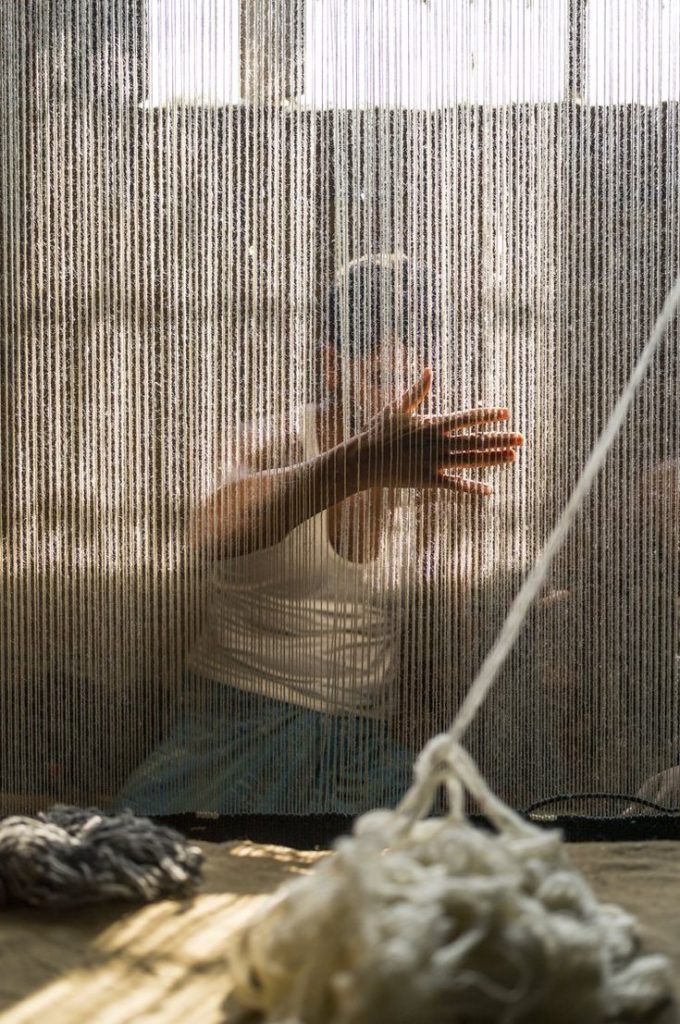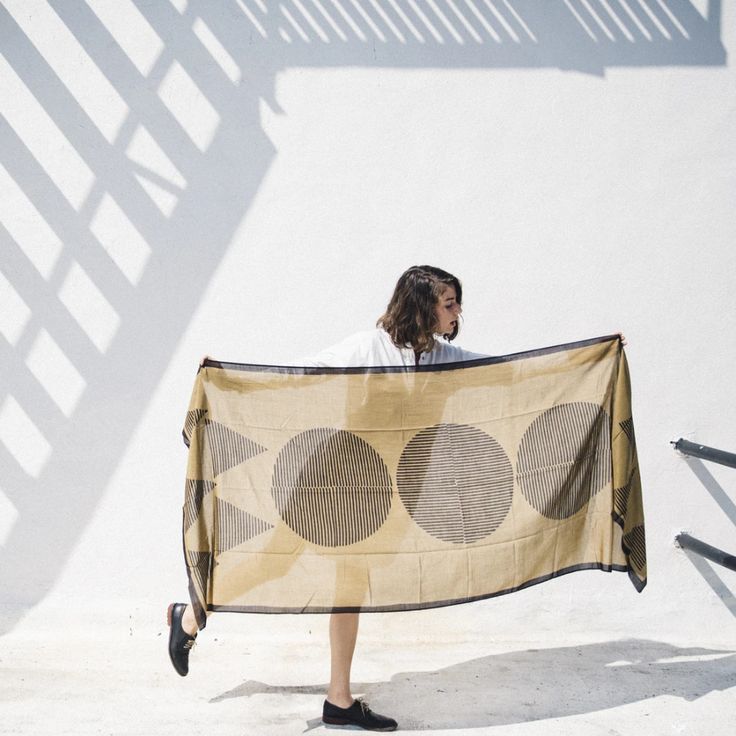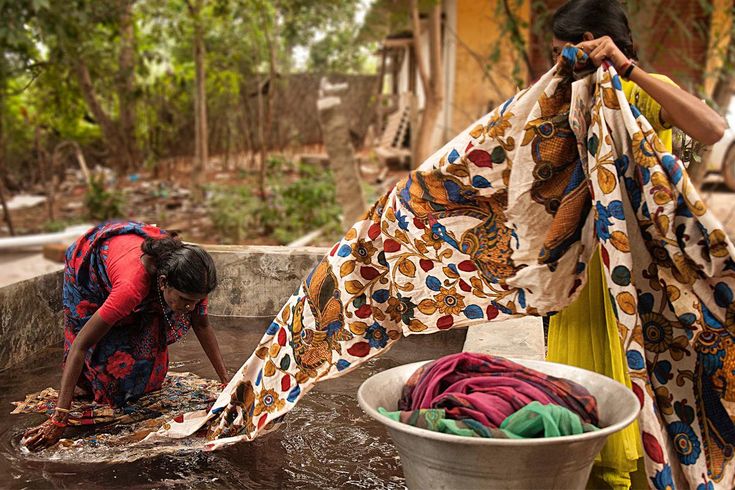In the ever-evolving world of textile design, the integration of traditional craftsmanship with modern techniques offers a unique blend of heritage and innovation. As consumers increasingly seek authenticity and cultural depth in their products, incorporating traditional craftsmanship into modern textile design not only honors time-honored practices but also adds a distinct touch of artistry to contemporary fashion and home decor. This approach bridges the gap between the past and the present, creating designs that are both timeless and relevant.
Understanding the Importance of Traditional Craftsmanship
Traditional craftsmanship encompasses the skills, techniques, and knowledge passed down through generations of artisans. These practices often reflect the cultural heritage of a region, with each community having its unique methods and designs. From intricate handloom weaves to delicate embroidery, traditional craftsmanship adds a layer of depth and authenticity that machine-made textiles often lack.
The Cultural Significance of Traditional Textiles
The textiles of India, for example, tell stories of history, culture, and identity. Techniques such as Bandhani, Zardozi, and Kalamkari have been preserved for centuries, each carrying the essence of the regions they originate from. These textiles are not just fabrics; they are a living testament to the artisans who create them and the cultural narratives they embody.
To explore the rich heritage of Indian textiles, visit our blog on Textiles of India: Stories Behind Various Textiles.

Strategies for Incorporating Traditional Craftsmanship into Modern Design
1. Collaborate with Artisans
One of the most effective ways to incorporate traditional craftsmanship into modern textile design is through direct collaboration with artisans. By working closely with skilled craftsmen, designers can learn about traditional techniques and incorporate them into contemporary designs. This collaboration not only preserves traditional skills but also provides artisans with a platform to showcase their work to a broader audience.
Moreover, involving artisans in the design process ensures that traditional techniques are used authentically, respecting the cultural significance and integrity of the craft. This approach also allows for innovation, as artisans and designers can work together to adapt traditional methods to suit modern tastes and trends.
To understand the critical role artisans play in preserving traditional textile techniques, read our blog on The Role of Artisans in Preserving Traditional Textile Techniques.
2. Blend Traditional and Modern Techniques
Another approach is to blend traditional craftsmanship with modern textile production methods. For example, designers can combine handwoven fabrics with digital printing to create unique patterns that merge the old with the new. This fusion allows for the creation of textiles that retain the authenticity of traditional craftsmanship while benefiting from the precision and efficiency of modern technology.
Blending traditional and modern techniques also opens up new possibilities in design, such as incorporating traditional motifs into modern silhouettes or using ancient dyeing methods on contemporary fabrics. This approach not only preserves traditional craftsmanship but also makes it accessible and appealing to modern consumers.
3. Use Traditional Motifs in Contemporary Contexts

Traditional motifs, such as geometric patterns, floral designs, and symbolic imagery, can be reimagined in contemporary contexts to create textiles that are both modern and culturally rich. Designers can draw inspiration from traditional patterns and reinterpret them to fit current trends, whether in fashion, home decor, or accessories.
For instance, a traditional paisley motif can be scaled up and abstracted to create a bold, modern print, or a classic hand-block print can be used on a sleek, minimalist garment. This approach allows designers to celebrate traditional craftsmanship while ensuring that the designs resonate with contemporary audiences.
4. Promote Sustainability Through Traditional Techniques

Many traditional textile techniques are inherently sustainable, relying on natural materials and processes that have minimal environmental impact. By incorporating these methods into modern design, designers can create sustainable textiles that appeal to environmentally conscious consumers. Techniques like natural dyeing, handloom weaving, and hand embroidery not only reduce the carbon footprint but also support local economies and promote ethical production practices.
To learn more about how global textile practices influence modern design, check out our blog on Blending Traditions: The Influence of Global Textile Practices on Modern Design.
The Benefits of Incorporating Traditional Craftsmanship
Incorporating traditional craftsmanship into modern textile design offers several benefits:
- Cultural Preservation: By integrating traditional techniques, designers help preserve cultural heritage and keep traditional crafts alive for future generations.
- Unique Aesthetic: Traditional craftsmanship adds a unique, artisanal quality to textiles, setting them apart from mass-produced fabrics.
- Sustainability: Many traditional techniques are eco-friendly, offering a sustainable alternative to industrial production methods.
- Consumer Appeal: Modern consumers are increasingly drawn to products with a story, and textiles that incorporate traditional craftsmanship offer a rich narrative of heritage and artistry.
Conclusion: Embracing Tradition with Locofast
Incorporating traditional craftsmanship into modern textile design is more than just a trend; it’s a movement towards honoring heritage, supporting artisans, and creating textiles that are both beautiful and meaningful. By blending the old with the new, designers can create innovative, culturally rich designs that stand the test of time.
At Locofast, we are committed to supporting this fusion of tradition and innovation. Our extensive network of artisans and manufacturers ensures that you have access to high-quality, ethically sourced fabrics that embody the essence of traditional craftsmanship. Visit Locofast today to explore how we can help you bring traditional craftsmanship into your modern textile designs, creating products that resonate with both cultural heritage and contemporary aesthetics.